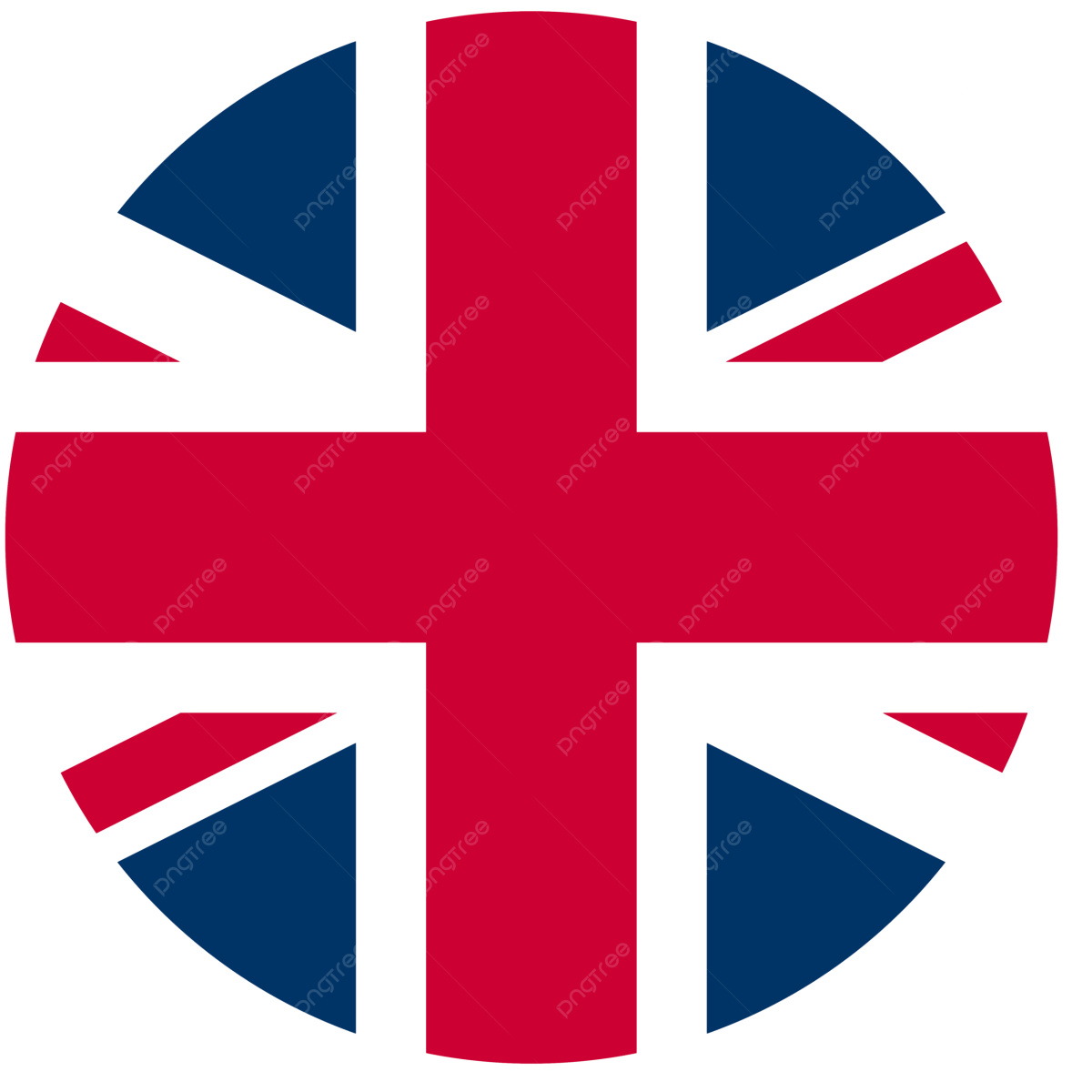Bella Staging helps owners and brokers turn complex preparations into a simple, repeatable plan. This guide explains how staging restaurants improves photos, tours, and buyer confidence, then walks you through a proven sequence you can apply immediately. You will learn which fixes matter most, how to build focal views that convert, and how visual options reduce risk before any physical spend while keeping timelines realistic.
Highlights
- Foundational fixes first: Prioritize safety, code, and deep cleaning to signal care.
- Lighting and layout: Standardize bulbs and simplify layouts to enlarge rooms in photos.
- Photography discipline: Plan hero view and shot list to accelerate showings.
What Is Staging Restaurants
Staging restaurants prepare dining rooms, bars, entries, restrooms, and back-of-house areas to communicate cleanliness, operational logic, and brand consistency. The purpose is to reduce buyer friction, strengthen listing performance, and guide serious prospects from interest to offer with fewer objections.
Unlike remodeling, staging relies on targeted adjustments, presentation discipline, and photography planning to elevate perceived maintenance and usability. For a clear benchmark, explore Bella Staging’s before-and-after examples and step-by-step process to see how a consistent palette, tidy surfaces, and a clear traffic story turn rooms into marketing assets and speed up buyer comprehension. This approach shapes impressions at three critical moments, the first thumbnail, the doorway pause, and the initial lap through dining and bar. In vacant homes especially, disciplined styling helps buyers read the layout quickly and focus on upside rather than repairs. Additionally, Bella’s branded and unbranded catalogs let you align furnishings with your target demographic, and their 3D virtual staging options make it easy to preview variations before photography.
- Clear objectives: Faster showings, cleaner photos, fewer buyer objections.
- Presentation focus: Layout logic, focal views, disciplined surface styling.
- Measured outcomes: Shorter time on market, stronger perceived upkeep.
Step-by-Step Checklist
Use this sequence when staging restaurants to create a cared-for, efficient impression that photographs well and tours even better. Each step builds on the last so your work compounds, reducing edits and rework while giving brokers a consistent narrative to present.
Start by eliminating distractions that undermine trust, such as safety issues, odors, or uneven lighting. Then align finishes and simplify floor plans so the space reads larger and calmer. When staging restaurants, unify tabletops, tune signage, and stage a single hero view that carries your thumbnail. Stakeholders usually need a visual preview of proposed finish or layout adjustments, so you should consider using 3D rendering services to communicate the concept clearly before you commit on-site. Finally, document improvements, prepare a concise packet for diligence, and rehearse a clear tour order before photography. This path keeps costs proportional while maximizing the signals buyers value.
- Work in order: Repairs and cleaning before styling and photos.
- Reduce noise: Fewer finishes and props, more calm visual field.
- Plan capture: Shot list and tour script before launch.
See more: 10 Best Virtual Staging Software for Real Estate Agents
1. Triage Repairs and Code Readiness
Visible flaws and safety risks erode confidence fast. Fix these first so later styling reads as intentional, not compensatory. This creates a quiet backdrop that helps buyers focus on layout and brand without distraction.
Tighten loose rails and wobbly tables, fix door latches, and replace burnt bulbs. Then verify path widths and reach ranges so circulation feels natural for every guest, using the ADA Standards for Accessible Design as the reference for benchmarks like a 36-inch clear route and a 32-inch clear door opening. Level equipment, align fronts, and patch wear on trims and chair backs. When the basics are solid, rooms look well maintained and future costs feel predictable.
- Safety first: Remove trip hazards and stabilize seating immediately.
- Code check: Confirm clear routes and appropriate reach ranges.
- Quick wins: Patch scuffs, tune hinges, replace missing caps.
2. Deep Clean and Deodorize Front to Back
Cleanliness is a powerful proxy for ongoing care. It shapes how buyers judge kitchens, restrooms, and the pass, and it directly affects how materials read on camera.
Degrease hood and lighting housings, brighten grout, and sanitize high-touch points. Empty and wipe drawers and low shelves that buyers may open during tours. Neutralize odors at the source rather than masking them with heavy fragrances. Use a simple, repeatable checklist informed by public health data, since CDC cleaning guidance notes flu viruses can remain infectious on surfaces for up to 48 hours, then build in proper dwell times so the space photographs brighter and feels calmer in person, keeping attention on layout and brand.
- Detail clean: Metals, glass, grout, and door edges read newer.
- Neutral scents: Eliminate sources, avoid strong cover fragrances.
- Quiet surfaces: Fewer smudges, less glare, calmer images.
3. Standardize Lighting Temperature and Brightness
Mixed bulb temperatures make paint and stone look dirty or mismatched. Consistent color and output brighten rooms in photos and make tours feel intentional. Even in staging restaurants, thoughtful lighting design plays a similar role, creating a cohesive atmosphere that enhances color, texture, and overall appeal.
Choose a single color temperature and lumen target for dining, bar, and entry. Replace mixed bulbs, align pendants, and add task light under shelves that cast shadows on POS or host stands. Polish reflective surfaces to reduce hotspots before photography. Matching color and output stabilizes finishes and keeps brand tone coherent across angles.
- Match color: One temperature throughout for accurate material tone.
- Fill shadows: Add task light at host stand, pass, and bar.
- Align fixtures: Center pendants, level lines, even spacing.
4. Refresh Paint and Touch Points
Low-contrast neutrals photograph better and broaden appeal. Crisp trims and tuned hardware lift perceived maintenance across the entire room.
Evaluate undertones in daylight, then pick a calm palette that unifies stone, metal, and wood. Refresh trims slightly brighter than walls for clean edges. Sand rough rails, repaint door edges, and replace creaking hinges. These small changes remove visual noise and help staged vignettes read upscale rather than busy, improving thumbnails and first impressions at the door.
- Calm palette: Soft neutrals unify mixed finishes and materials.
- Crisp trims: Brighter trims sharpen lines and edges on camera.
- Quiet hardware: Smooth hinges and aligned pulls feel premium.
5. Simplify Floor Plan and Traffic Flow
Clear paths make tours faster and safer, and they allow photos to show more of the room without clutter. Balanced seating counts reduce crowding while preserving revenue cues.
Widen aisles where pinch points force contact. Clarify the queue and greeting zone so parties know where to stand. Balance two-tops and four-tops to maintain rhythm and keep ADA routes clear. A simple plan, ideally documented as a 3D Floor Plan, makes the space feel larger, keeps service smooth during diligence visits, and lets photography capture more floor area with less distortion.
- Open routes: Remove squeeze points that slow guest movement.
- Guide arrival: Define queue lines and host stand position.
- Balance seating: Harmonize two-tops and four-tops for rhythm.
6. Unify Furniture, Tabletops, and Smallwares
Consistency reads as quality, both in person and in photos. To jumpstart a cohesive look, consider virtual design services to align palettes, finishes, and props across locations. Unified finishes and tabletop kits calm visual noise and make brand execution scalable.
Match chair finishes, coordinate metals, and standardize linens or placemats. Build a simple tabletop kit, menu, napkin, and a single prop like citrus or greens in a small vessel. Hide excess smallwares and condense backup items into labeled bins. This restraint enlarges the perceived volume of the room and helps buyers imagine operations without clutter.
- Match finishes: Keep metals and woods in one coherent family.
- Simple kits: One tabletop recipe, no competing props.
- Store backups: Bin and label extras away from sightlines.
7. Elevate Entry and Bar as Focal Views
One hero view carries most listings. A symmetrical, quiet composition stops the scroll and frames buyer expectations before they read copy.
Choose either the bar or a primary dining wall as your hero. Square stools, align bottle rows, and keep counters mostly clear. Style one restrained vignette per surface, then remove nearby props that compete for attention. In staging restaurants, this same discipline telegraphs quality, simplifies thumbnails, and provides brokers with a strong, reliable opening image for marketing.
- Pick one hero: Bar or range wall, not both competing.
- Square lines: Align stools, shelves, and sightlines precisely.
- Restrain props: One vignette per surface for calm impact.
8. Restroom Detailing and Signage Tune-Up
Restrooms shape trust quickly because they reveal daily habits. Clear wayfinding and polished fixtures remove doubts about maintenance standards.
Polish mirrors and metal, replace tired dispensers, and ensure stalls latch smoothly. Stock consistently and add soft-close where practical. Update signage to a modern, legible style that matches brand tone and helps guests navigate without staff intervention. A spotless restroom strengthens the entire story of care and reliability during tours.
- Polish and stock: Shine mirrors, refill dispensers, tidy partitions.
- Fix function: Quiet latches and adjusts doors for smooth use.
- Modern signs: Clear, consistent wayfinding supports the brand.
9. Noise, Scent, and Soundtrack Controls
Background conditions influence how buyers feel about operations. Quiet mechanicals and balanced audio help conversations and make rooms feel calmer and more premium.
Pad rattling panels, service noisy compressors, and isolate vibration where possible. Keep scent neutral so aromas from the kitchen do the work. Set playlists and volume to support conversation at typical dining distances. These adjustments fade into the background, which is the point, and they let buyers focus on layout and throughput.
- Quieten machines: Service compressors and pad vibration points.
- Neutral baseline: Avoid heavy air fresheners or masking scents.
- Balanced audio: Support conversation without dead zones.
10. Back-of-House Order and Visibility
Buyers often look behind the curtain to judge discipline. A tidy pass, labeled storage, and clear prep zones communicate capacity and control.
Label shelves and bins, group smallwares by task, and stage the pass with clean rails and aligned plates. Keep waste contained and out of sight from dining angles. In staging restaurants, maintaining a predictable and spotless expo line helps buyers infer consistent throughput, operational discipline, and fewer surprises after acquisition.
- Label zones: Make prep, dry goods, and smallwares obvious.
- Stage the pass: Clean rails, aligned plates, clear communication.
- Contain waste: Hidden, accessible, easy to service quickly.
11. Documentation, Menu, and POS Cleanup
Paper clutter and loose cables undermine professionalism. Clear counters and organized documents reduce friction during diligence and photography.
Remove retired menus and promos, sleeve or hide POS cables, and assemble a simple packet with permits, warranties, and maintenance logs. Keep it accessible for brokers and serious buyers. Streamlined surfaces photograph better, and the packet accelerates diligence by answering common questions in one place.
- Retire clutter: Old menus and promos out of sight.
- Control cables: Sleeve or route cords for clean counters.
- Prep packet: Permits, warranties, logs ready for review.
12. Photography Shot List and Walkthrough Prep
Images and tours must tell the same story. A defined shot list and a rehearsed route prevent surprises and ensure consistent quality across platforms.
Lead with the hero view, then capture a wide dining angle, the entry, a spotless restroom, and a crisp pass. Level the camera to keep verticals straight and schedule during strong daylight for accurate color. Rehearse a tour from exterior to entry, bar, dining, and kitchen so brokers can move prospects quickly without backtracking.
- Hero first: Symmetry and calm styling anchor the set.
- Straight verticals: Level camera for professional lines.
- Daylight window: Shoot when natural light is strongest.
Watch more: 10 Best Affordable Virtual Design Services for Budget-Friendly Homes
How Bella Staging Stages Restaurants That Work
Choosing a direction is easier when you can see it. Our Virtual Renovation and Staging workflow delivers three visualized options so stakeholders compare outcomes before any physical spend or downtime while staging restaurants for a confident launch.
First, we run a focused audit and build a prioritized punch list. Next, we align on scope using the virtual staging details, which clearly outline deliverables, typical timelines, and how selections scale across multi-unit brand rollouts. Then we develop three distinct visual schemes that vary palette, lighting plan, and tabletop kit, each paired with a photography plan. Finally, side-by-side comparisons show which option photographs best and tours most clearly..
- Risk reduction: Compare options before committing resources.
- Decision clarity: See photography and tour impact upfront.
- Brand consistency: Replicate best option across locations.
FAQs: Staging Restaurants
1. What is the difference between cleaning and staging in restaurants?
Cleaning removes dirt, odors, and visible wear so surfaces look and feel sanitary. Staging arranges layout, lighting, colors, and focal views to highlight strengths while minimizing distractions. Cleaning prepares the canvas, while staging designs the scene so buyers quickly picture smooth, profitable operations.
After deep cleaning, staging may widen aisles, standardize warm bulbs, and create a single hero view at the bar. These changes improve photos, speed walk-throughs, and signal disciplined operations. A quick checklist ensures the team resets consistently before every showing.
2. How far in advance should owners start staging before listing?
Begin four to six weeks before the target list date. This covers repairs, deep cleaning, paint touch ups, lighting standardization, styling, and photography without major service disruption. The schedule also leaves room for refinements after test images.
Work backward from launch week. Week one, finalize repairs. Week two, complete cleaning. Week three, finish paint and lighting. Week four, style and photograph. Use remaining time for polish based on broker feedback and early interest.
3. What delivers better ROI, cosmetic refreshes or equipment upgrades?
Cosmetic refreshes usually deliver faster ROI at sale because they change perceived value immediately. Neutral paint, consistent bulbs, tuned signage, and tidy tabletops reassure buyers without heavy capital. Equipment upgrades pay back only when they remove risk or solve reliability problems.
Fix equipment that leaks, rattles, or fails compliance so deals do not collapse. Then invest in visible improvements that read clean on camera and during tours. Revisit larger upgrades only when comps and inspection realities justify the spend.
4. Which photos matter most when staging restaurants for sale?
Lead with a symmetrical hero view of the bar or a strong dining wall. Follow with a wide dining angle that shows flow, an inviting entry, a spotless restroom, and a crisp kitchen pass. These frames quickly convey cleanliness, layout logic, and guest experience.
Create a short list in advance. Keep verticals straight, hide small appliances, and polish reflective surfaces. Schedule around daylight for accurate color. Consistent compositions help buyers compare options quickly and book showings with confidence.
Conclusion
Effective staging restaurants focus on safety, cleanliness, lighting, flow, and disciplined photography, all sequenced for compounding impact. Bella Staging helps owners preview three clear options, align stakeholders, and launch with confidence in both photos and tours. For a tailored plan and next steps, please contact us so we can define a fast path from prep to listing.














